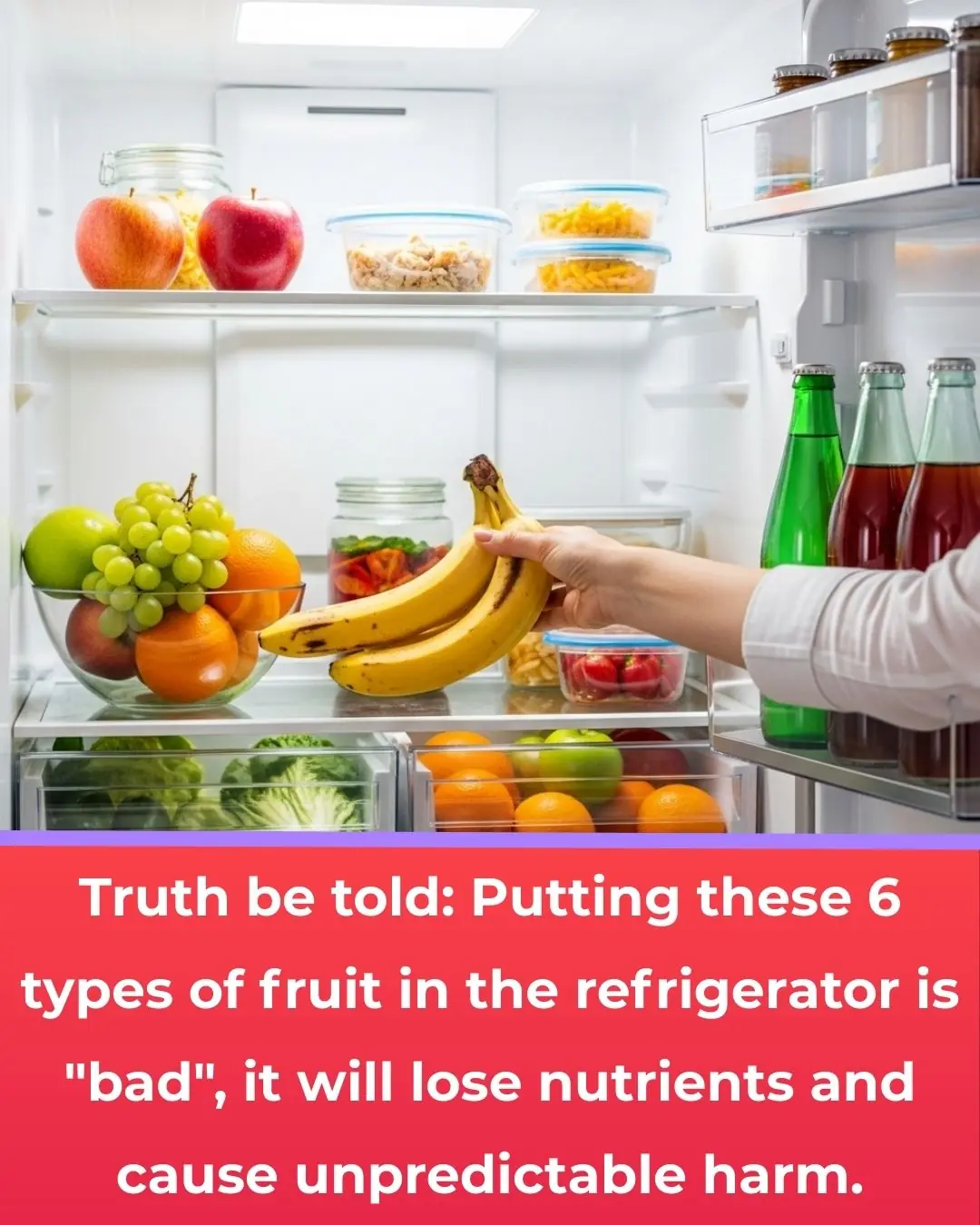
9 things you should never plug into a power strip

When we think about life before electricity, it’s hard to imagine how people managed without it. Today, electricity powers nearly everything in our homes—from phones and laptops to kitchen appliances and heaters.
However, despite the importance of electricity, many homes don’t have enough wall outlets to accommodate all our devices. This is why power strips have become a household staple. They’re perfect for charging phones or powering entertainment systems, but not all appliances are safe to plug into them.
In fact, plugging high-wattage appliances into power strips can be dangerous, as these devices can cause the strips to overheat and potentially start fires.
Why Some Appliances Should Avoid Power Strips
Every power strip has a maximum power rating, often listed on the device itself, indicating how much current it can safely handle. High-capacity appliances require a lot of power through an electrical circuit to operate correctly.
Keep in mind that size doesn’t always equal power consumption; some small devices draw more electricity than you might expect.
Appliances to Never Plug Into a Power Strip
-
Oven:
Even though ovens aren’t used continuously, they consume a large amount of power. They should always be plugged into a dedicated wall outlet connected to their own circuit. -
Refrigerator:
Refrigerators cycle on and off regularly and require a stable power source. Plugging them into power strips risks overload and damage, so they need a dedicated wall outlet. -
Washing Machine:
Washing machines can draw up to 1400 watts, nearly reaching the maximum load for many power strips. Since they often run unattended for long periods, they should never share a receptacle with other devices. -
Portable Heaters:
Many portable heaters use around 1500 watts and run for extended times. They should always be plugged directly into a wall outlet to avoid overheating the power strip. -
Microwave:
Microwaves consume a significant amount of electricity. It’s best practice to plug them into their own dedicated outlet. -
Coffee Maker:
Coffee makers use more power than most people realize and should never be plugged into power strips or extension cords. -
Toaster:
Toasters may seem small, but they use a lot of energy when in operation. Plug them directly into a wall socket for safety. -
Another Power Strip:
Daisy-chaining power strips (plugging one power strip into another) is a major safety hazard and violates electrical codes. This practice greatly increases the risk of overloading and fire. -
Sensitive Electronics (Computers, TVs, Routers):
While these devices don’t consume huge amounts of power, they are sensitive to electrical surges. Use a surge protector power strip specifically designed to protect these devices from damage.
Final Tips
-
Always check the power rating of your power strips and appliances.
-
Use dedicated outlets for high-wattage appliances.
-
Avoid overloading your electrical circuits by spreading out the use of heavy appliances.
-
Consider surge protectors for sensitive electronics to protect against power spikes.
By following these guidelines, you can keep your home safe and avoid the fire hazards associated with improper use of power strips.
News in the same category

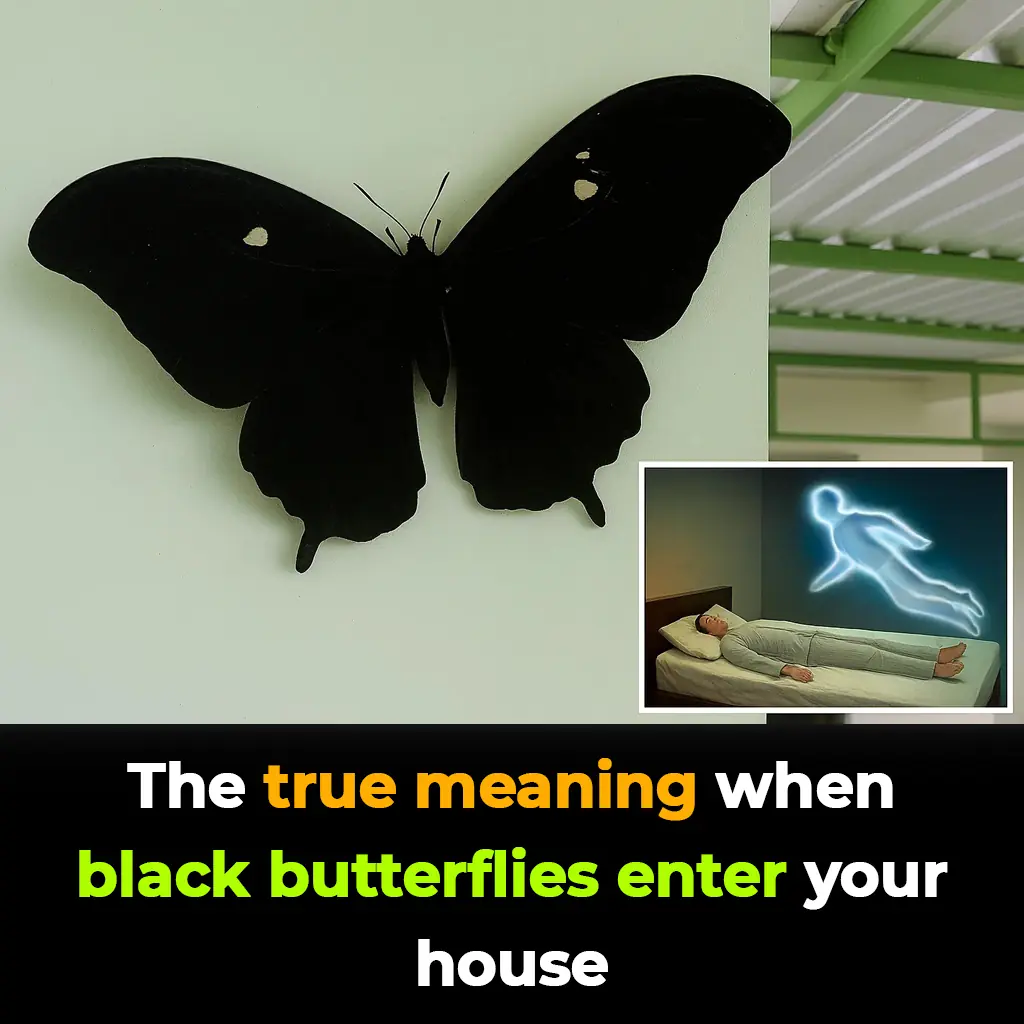
The Spiritual Meaning of Black Butterflies Entering Your Home Revealed
Black butterflies carry meanings that are as complex as they are beautiful.

Add This Simple Ingredient to Your Mop Water and Keep Floors Shiny for Weeks
You don’t need fancy, high-priced cleaners to enjoy spotless, long-lasting results.
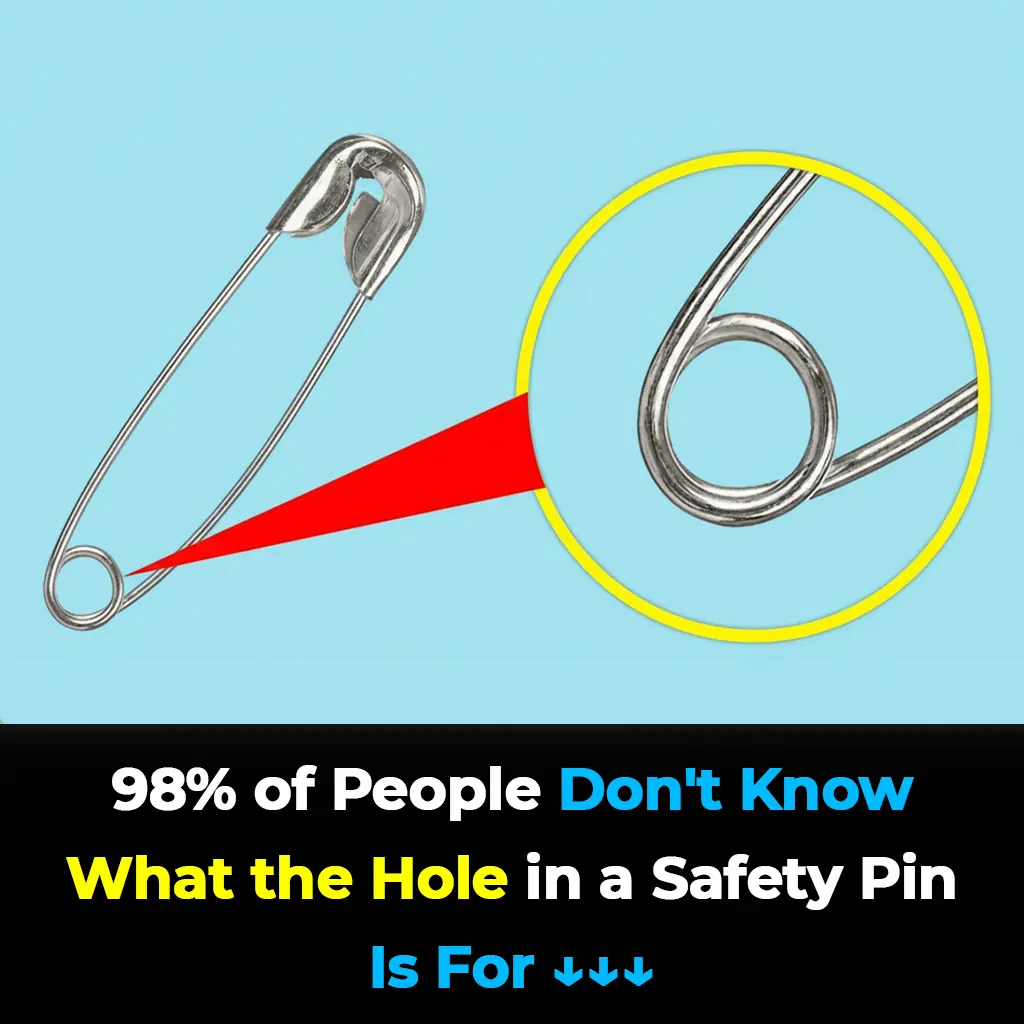
The Secret Use of the Tiny Hole in a Safety Pin Finally Revealed
That tiny hole in a safety pin is more than just decoration—it’s a brilliant example of how even the simplest tools can hold hidden design secrets. W

Unbelievable amount Trump’s net worth has risen since taking office for second term
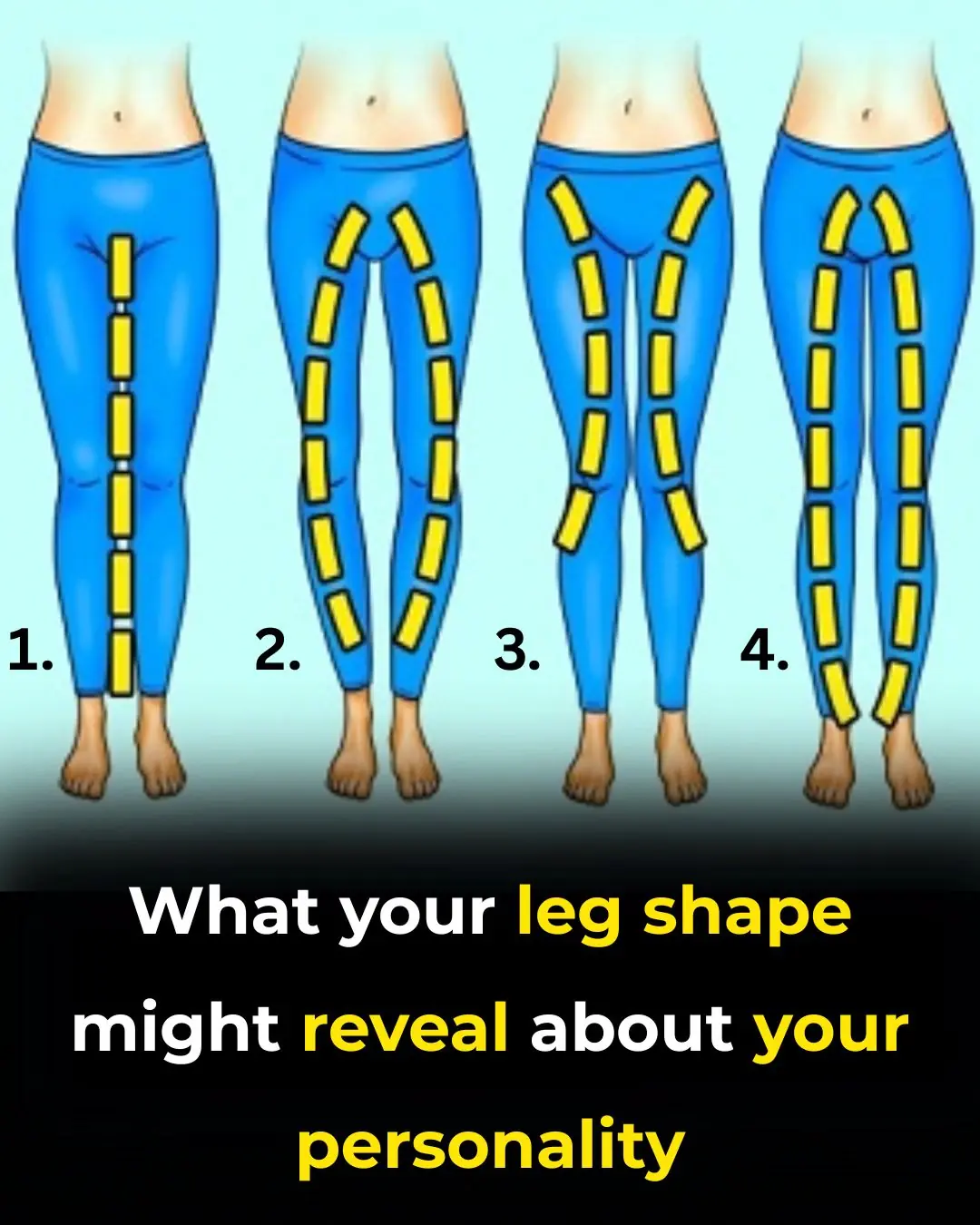
What the Shape of Your Legs Might Say About Your Personality
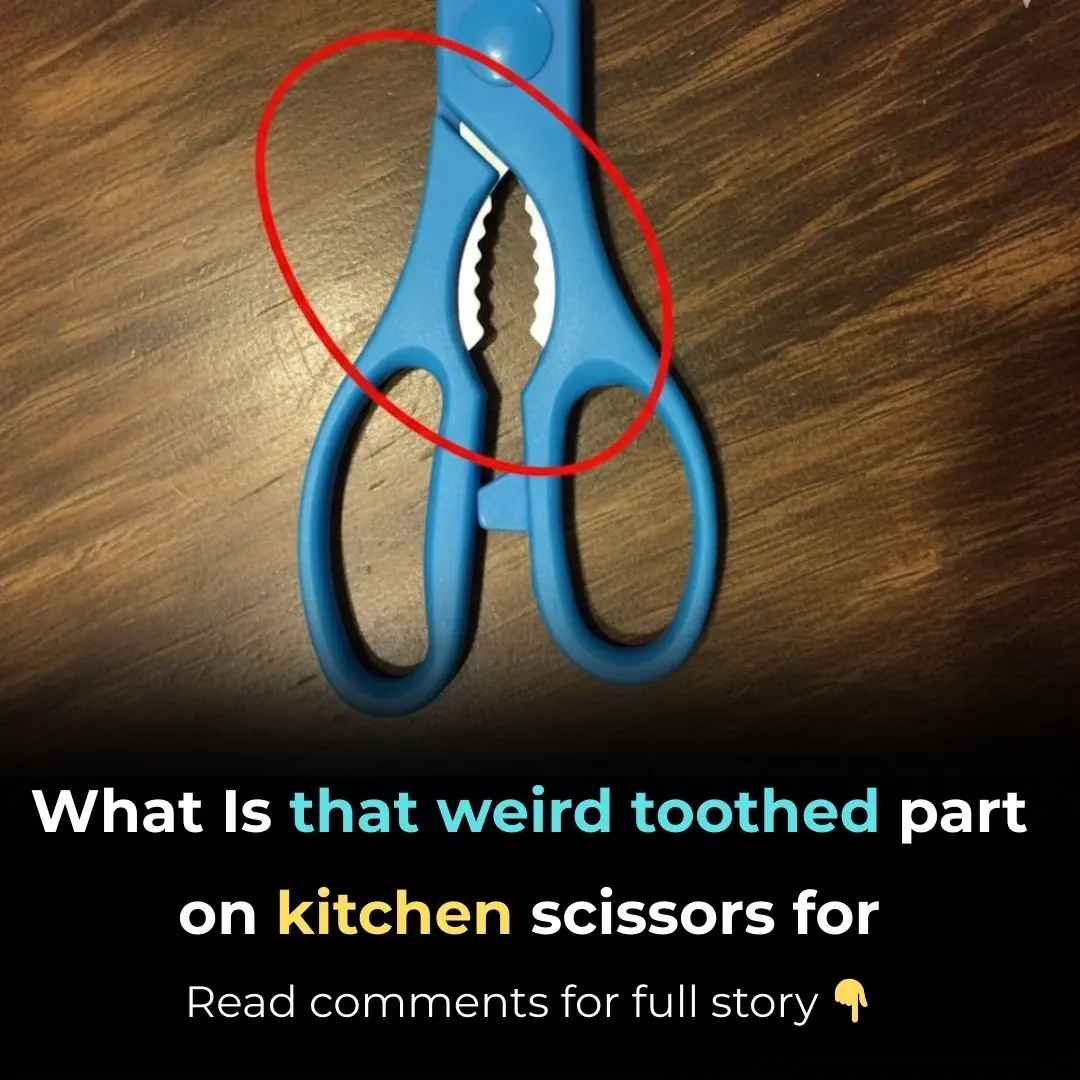
Weird Toothed Part on Kitchen Scissors
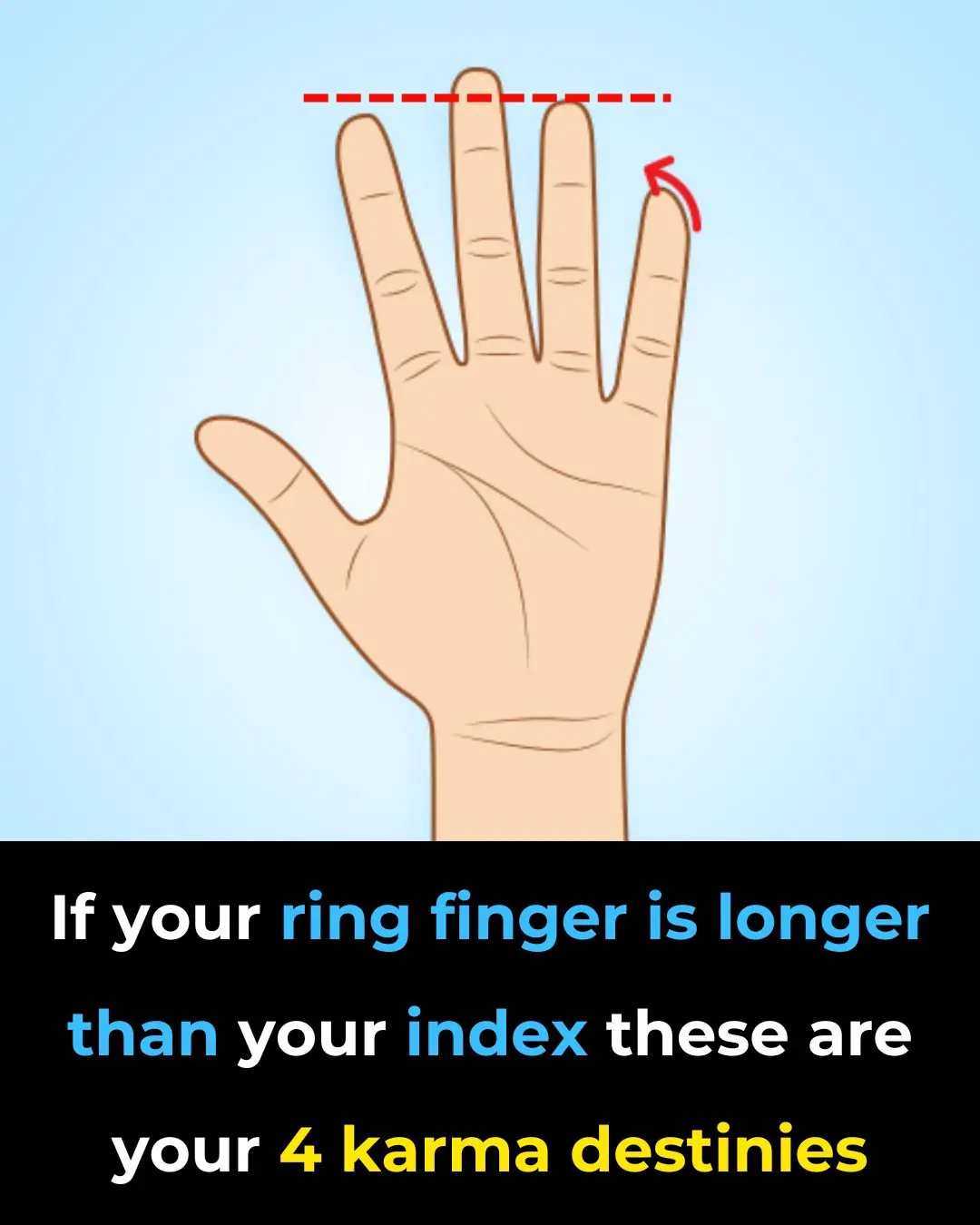
Ring Finger Longer Than An Index Finger

The Story Behind Two Runaway Graves in Savannah Airport

The Simple Object That Might Baffle the Younger Generation

Why Public Bathroom Doors Don’t Reach the Floor – The Real Reason Revealed
The gaps and inward-swinging doors are designed for practicality, serving purposes like enhancing safety and improving efficiency, rather than being the result of poor design.

World’s Oldest Woman Lived to 117 By Eating the Same Meal Every Day
Emma Martina Luigia Morano, the world’s oldest woman at the time of her passing, credited her extraordinary 117 years of life to a mix of genetics, resilience, and one very peculiar daily diet. Her remarkable story spans two World Wars, personal tragedy
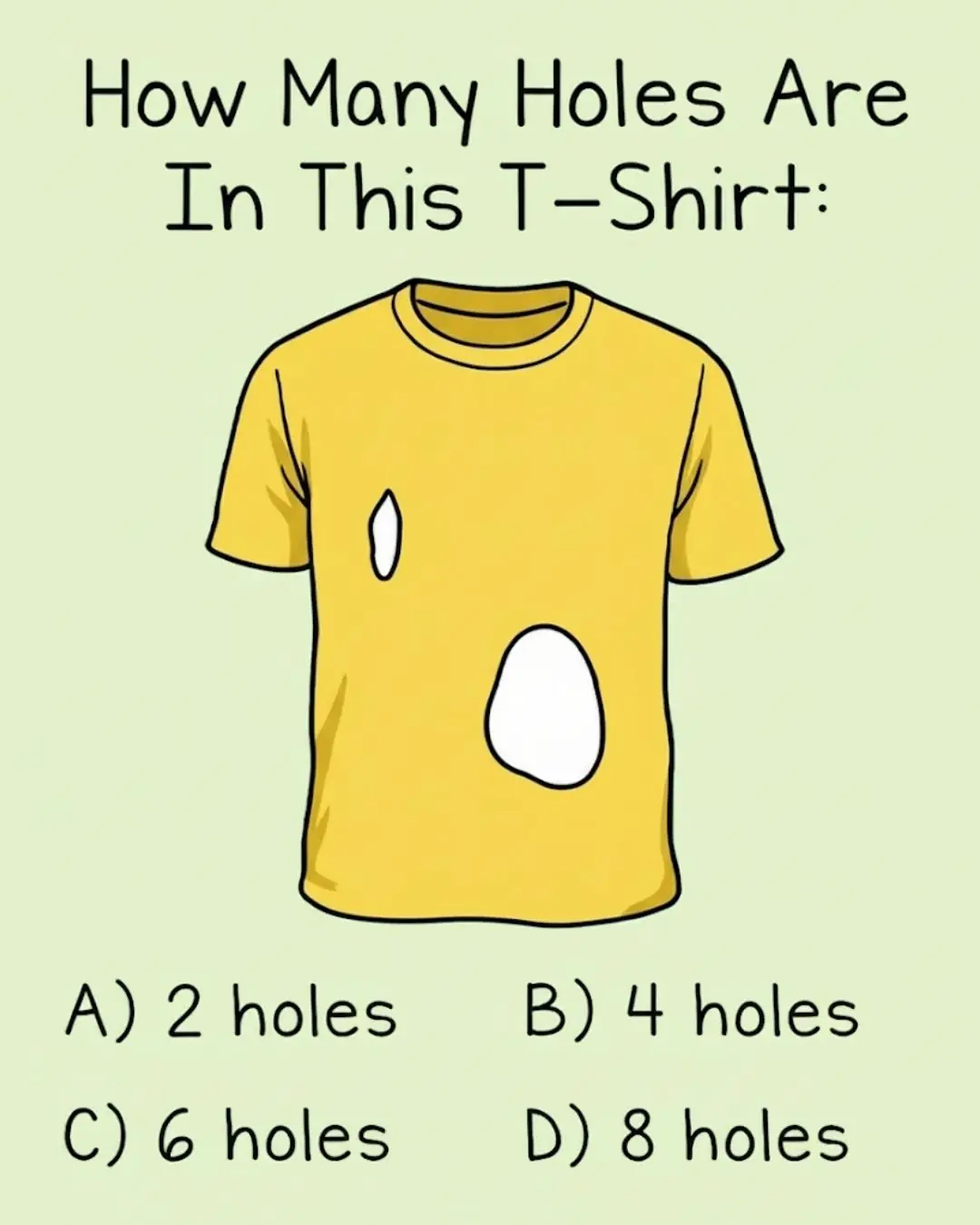
Simple T-Shirt Image Is Driving the Internet Crazy

Scientists Discover Dogs Dream About Playing With Their Owners

Rare 9/11 Footage Reveals Heartbreaking Close-Up of Second Plane Striking Tower
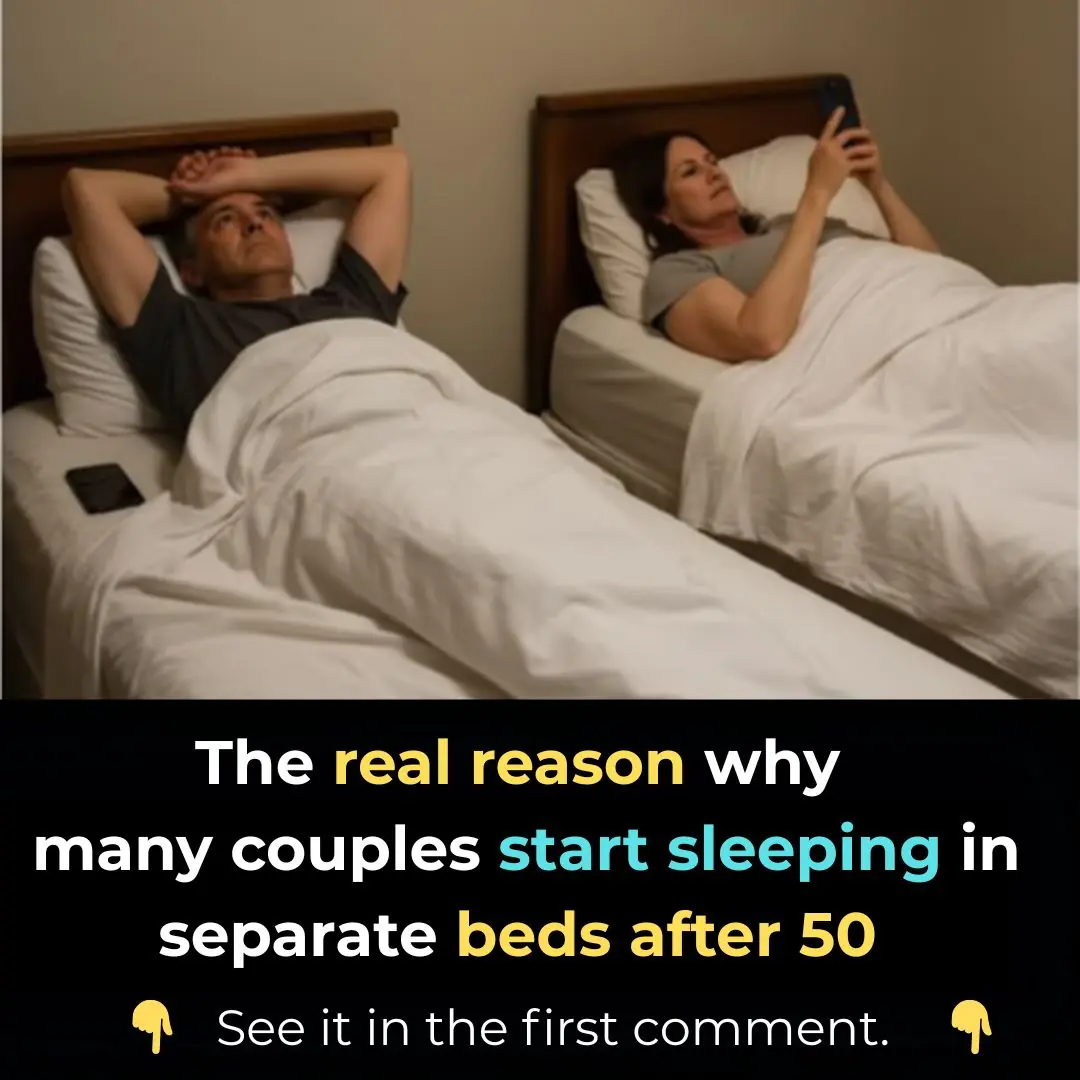
Here’s Why Many Couples Start Sleeping In Separate Beds After 50
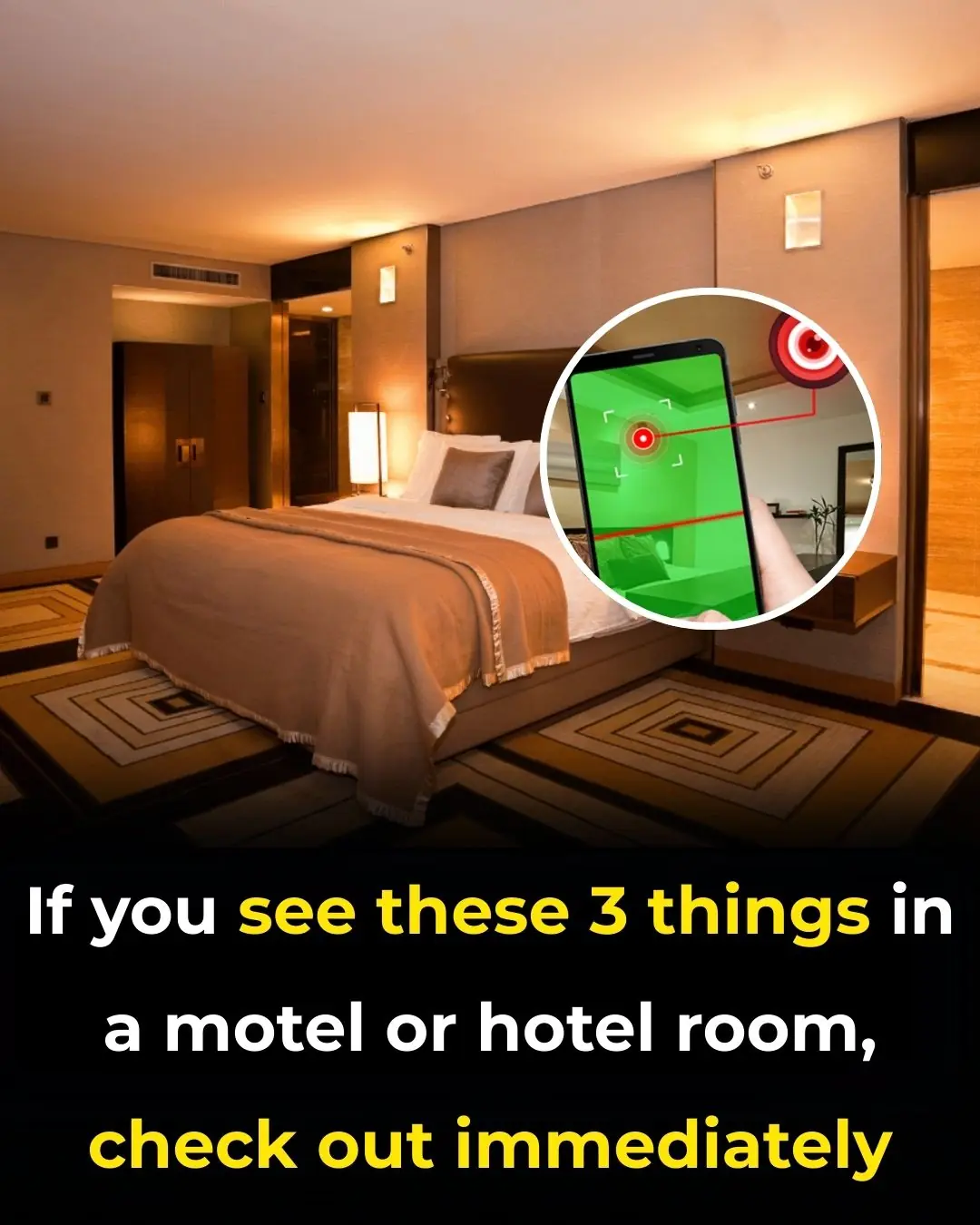
Hotel Room Red Flags You Should Never Ignore

The Hidden Fish Puzzle That’s Stumping the Internet
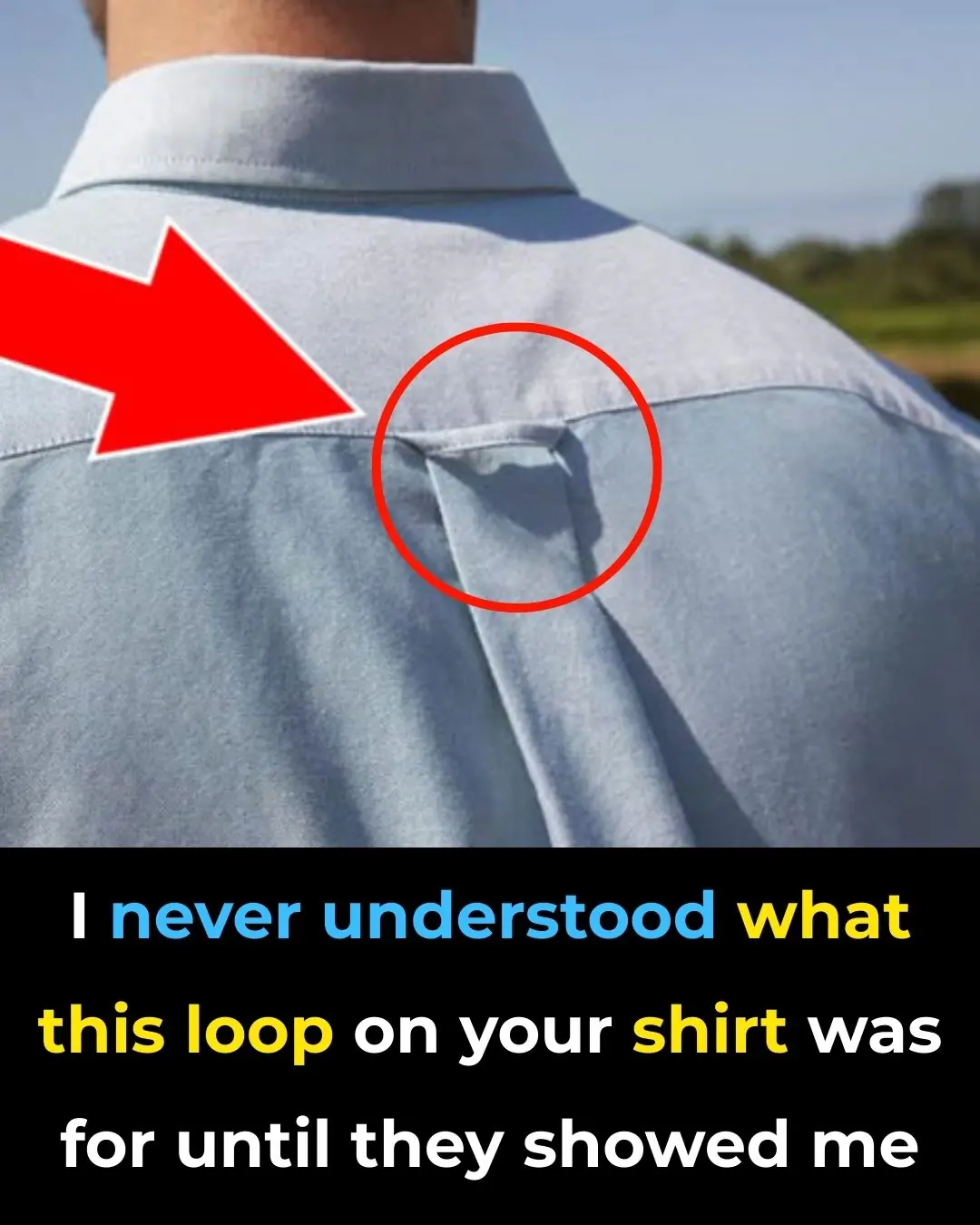
What Are the Loops on the Back of Button-Down Shirts For?
News Post

How to Keep Supermarket Basil Alive and Thriving

3 Best Detox Drinks for Glowing, Healthy Skin

Erase Wrinkles and Fight Signs of Aging with Banana Face Pack: The Ultimate DIY Skincare Remedy

DIY Korean Rice Cream: The Secret to Wrinkle-Free, Glowing Skin Even After 50 – DIY Recipe and Benefits

Anti-Aging Face Mist with Rice Water: Unlock the Secrets to Hydrated, Glowing Skin

Roasted onion peel treatment for grey hair

Homemade Onion Juice Serum To Grow Thick Eyebrows In Just 1 Week

DIY Aloe Vera Beauty Cubes for Dark Spots, Acne, and Skin Rejuvenation: The Ultimate Skincare Hack

6 Home Remedies to Lighten Dark Underarms | How to get rid of Dark Underarms

DIY Aloe Vera Facial: A Step-by-Step Aloe Vera Facial for Skin Lightening

How to make banana vinegar with just 4 simple ingredients, and enjoy the delicious final product.

Drinking lemon ginger water provides these 6 amazing benefits for your body
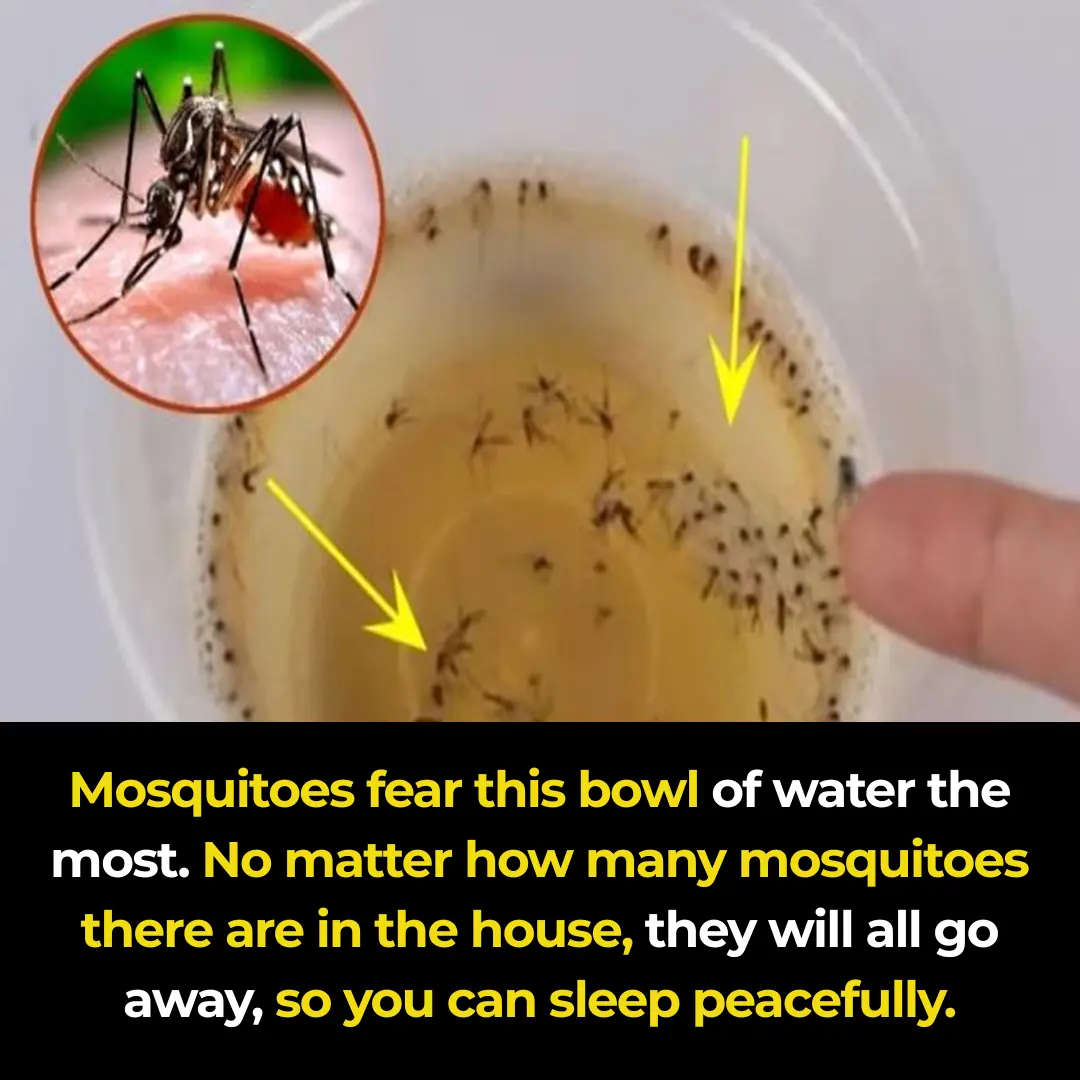
Mosquitoes are most afraid of this bowl of water. Place it in your house, and no matter how many mosquitoes there are, they will all be gone. Sleep peacefully!

Drinking lemon ginger water provides these 6 amazing benefits for your body.

Anyone Whose Hair Is Falling Out Needs To Make This 2-Ingredient Drink Immediately

13 Detox Foods To Flush Out Toxins, Fight Cancer Cells And Relentlessly Hunt Free Radicals

Doctor warns: your ‘healthy’ lemon water habit is actually destroying your liver – here’s what you’re doing wrong

The Secret Power of Plantago Major that no one knows

Mimosa Pudica: Medicinal Value and Uses
